- Latin: Parmotrema perlatum
- English: Black stone flower, Kalpasi
- Sanskrit: Shaileyam
- Tamil: Kalpasi, Marapasi
- Malayalam: Adal Poove, Celeyam, Kalpuvu
- Kannada: Kalahu, Kaluhuva
- Marathi: Dagad Phool
- Hindi: Pathar ka phool, Dagad Phool
- Urdu: Riham karmani
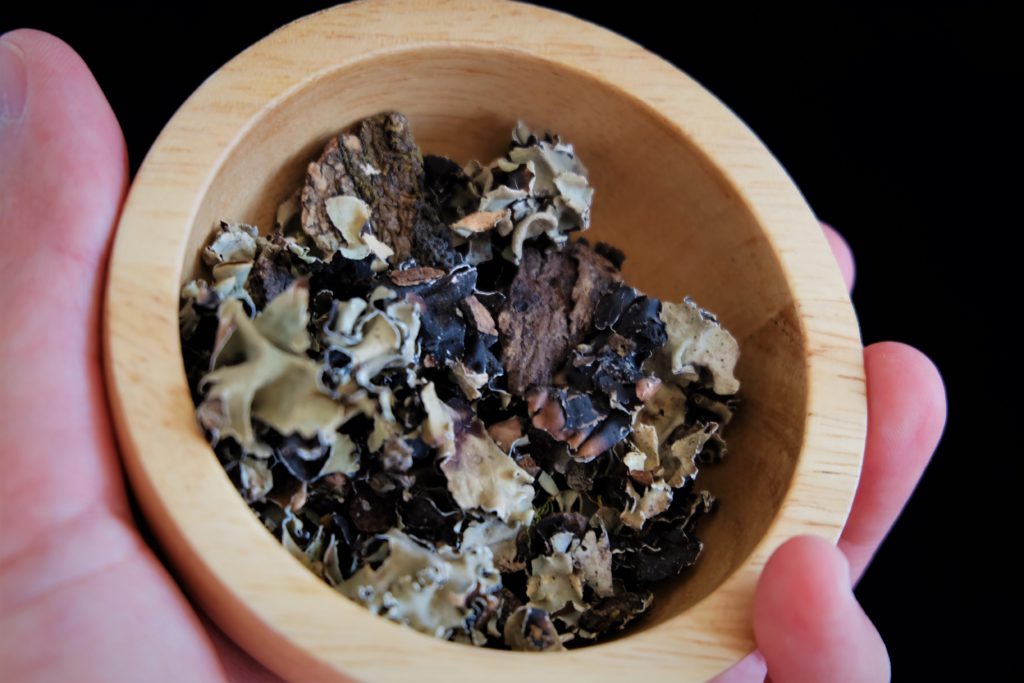
What is Kalpasi?
Also known as ‘black stone flower‘, kalpasi is a species of edible lichen that grows on trees and rocks and is used as a spice in Indian cuisines. Not to be confused with another ‘stone flower‘ – Didymocarpus pedicellatus – which is a real flower found in the Himalayas and used in Ayurvedic medicine to treat urinary tract infection.
Kalpasi looks black and brown on one side and white on the other. They are very fragile, and quickly disintegrate, thus require really careful handling.
How do you use Kalpasi?
Looking at the etymology of the name ‘kalpasi’ and the geographically distribution of its usage, the use of the black stone flower seems to have originated with the Dravidian-speaking cultures.
It is used widely in Chettinad cuisine (Tamil Nadu), and to some extent in the Hyderabadi and Marathi cuisines. Chettinad cuisine is commonly considered the signature cuisine of Tamil Nadu. The Chettinad region itself has long had ties with neighbouring countries such as Myanmar and the Malay Archipelago, so the Chettinad cuisine is known to be very open to influences, very aromatic and very subtle in flavours.
It is one of the main spices used in Chettinad cuisine, apart from star aniseed, tamarind, fennel seed, cinnamon, cloves, bay leaf, black pepper, cumin and fenugreek.
Kalpasi has an earthy flavour, and people who use it swear by it.
First of all, you will need to grill it with a little oil in a dry pan to release its flavour before you add it into your fresh masala.
Secondly, it is an essential ingredient in Goda masala or Kala (Black) masala, not only for the aroma but also for the colour it lends to the spice mix. There is a debate about the differences between Goda and Kala masala, but apparently the latter has fried onions added to it. But both Goda masala or Kala masala can be used to make dishes like Masale Bhat (spicy vegetable rice dish) or Dal Vangi (lentils with eggplants).
Last but not least, Kalpasi is also widely used as a soup thickener.
What are the health benefits of Kalpasi?
Much like Chinese medicinal cuisine, Indian cuisines are very much medicinal, from the Ayurvedic perspective. You eat spices and ingredients that suit your body temperament.
Kapalsi is eaten to help with skin inflammation and indigestion. It is sometimes considered a pain reliever that aids the healing of wounds.
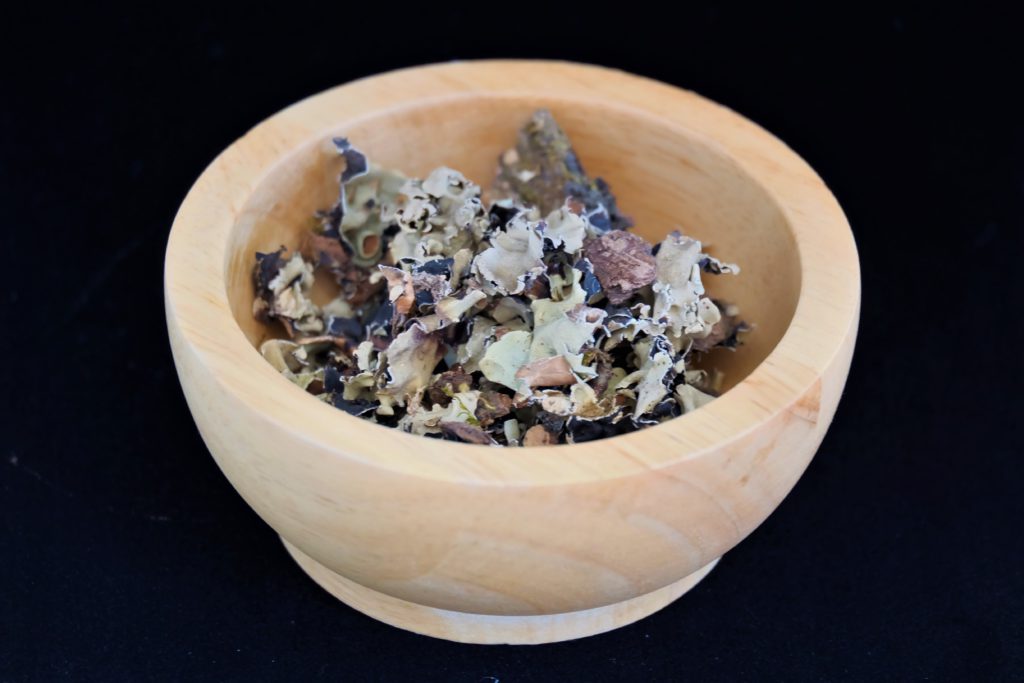
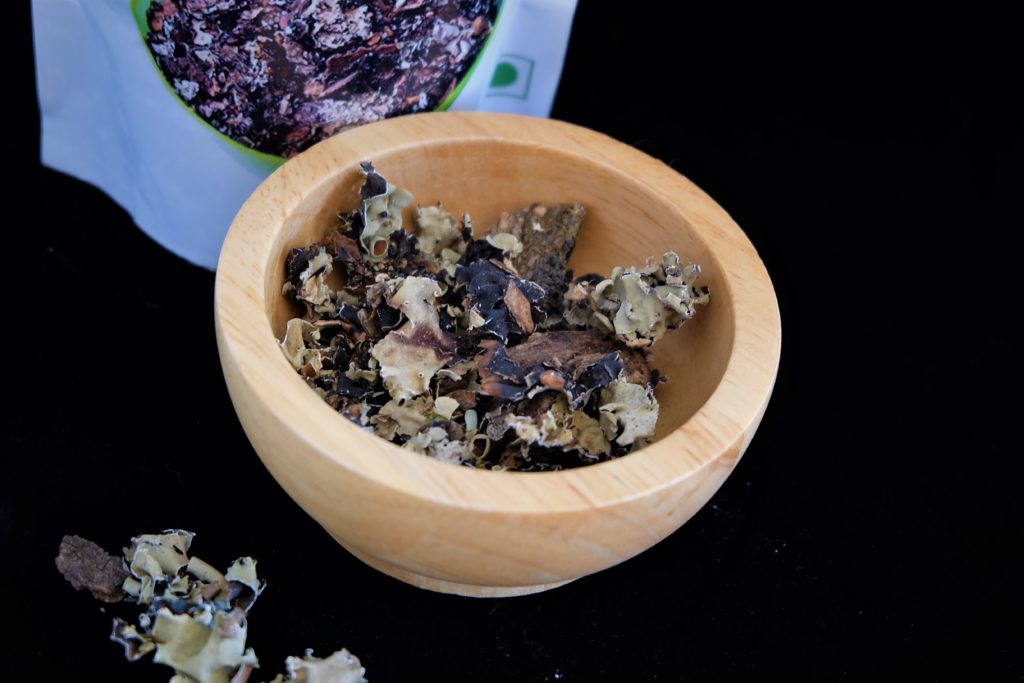
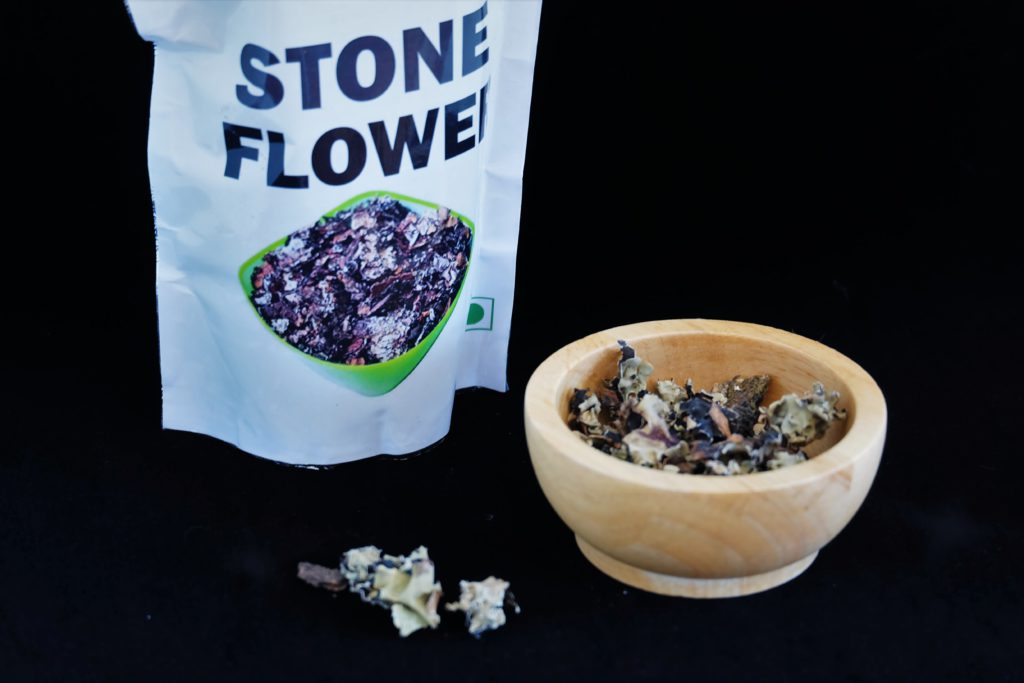
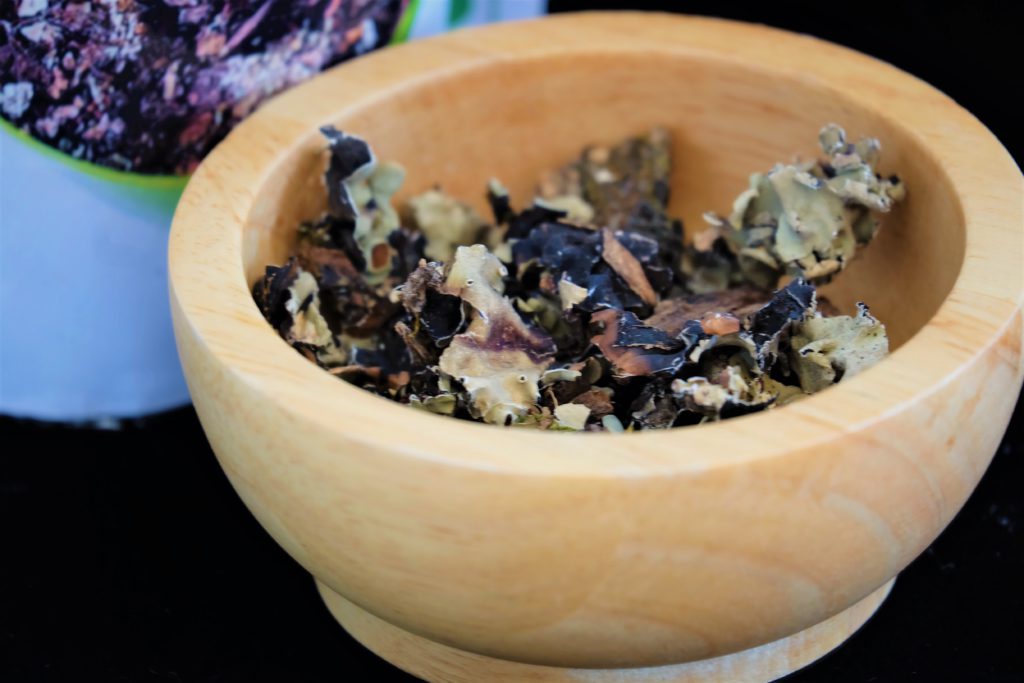

1 Comment